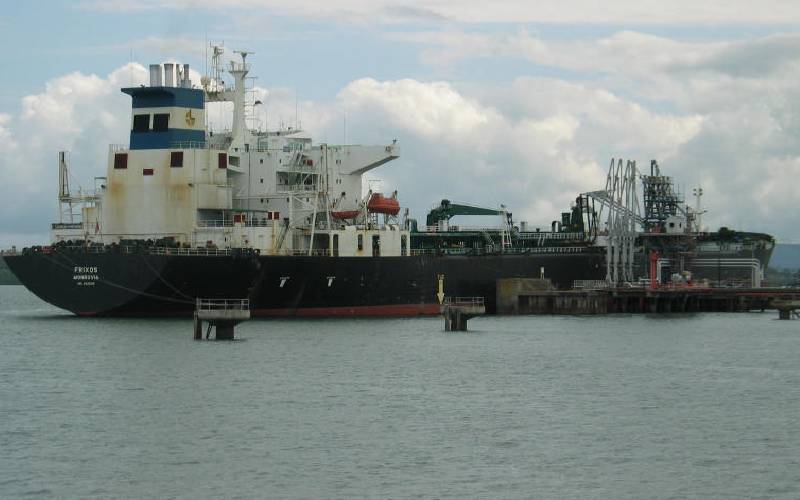×
The Standard e-Paper
Informed Minds Prefer The Standard

Oil tanker Mt Frixos discharge crude oil at Kipevu terminal at the port of Mombasa in 2006. [Andrew Kilozi, Standard]
A surprise decision to include a Liquefied Petroleum Gas (LPG) import line to the proposed Kipevu Oil Terminal (KOT) has generated controversy over the expected increase in construction costs of what is already an expensive project in addition to safety concerns.